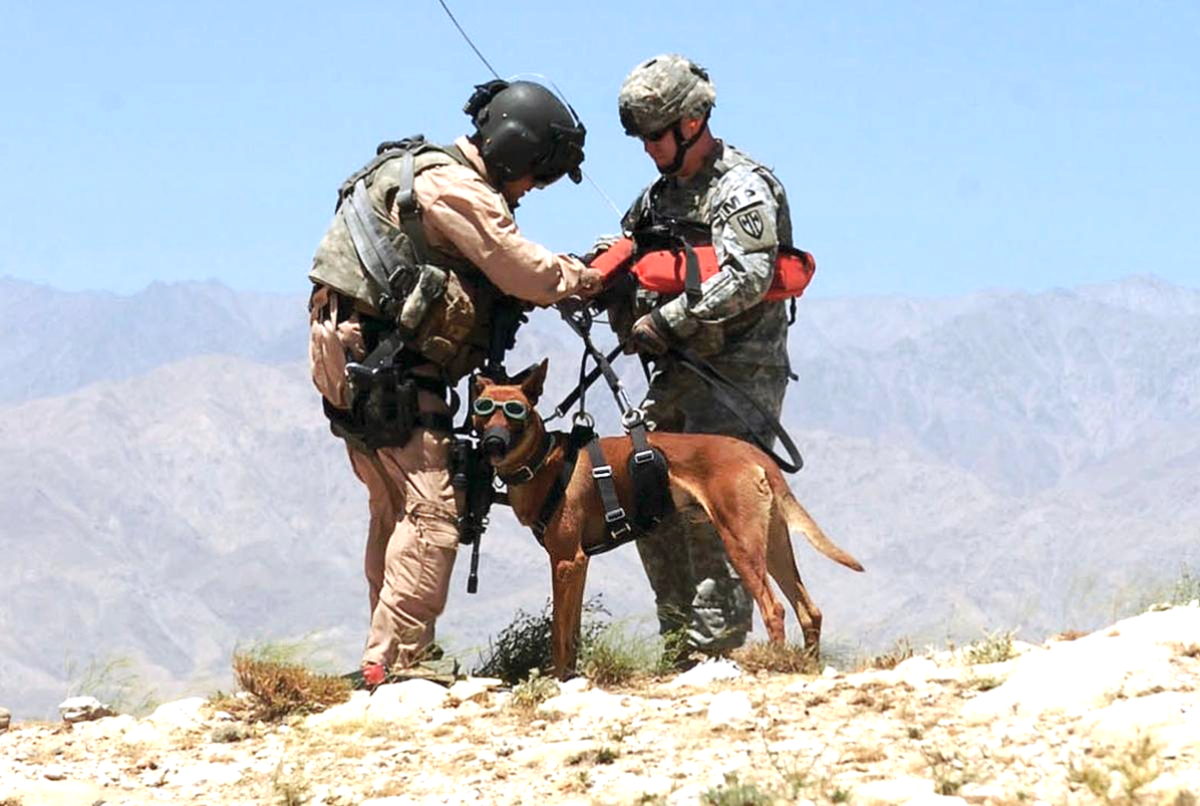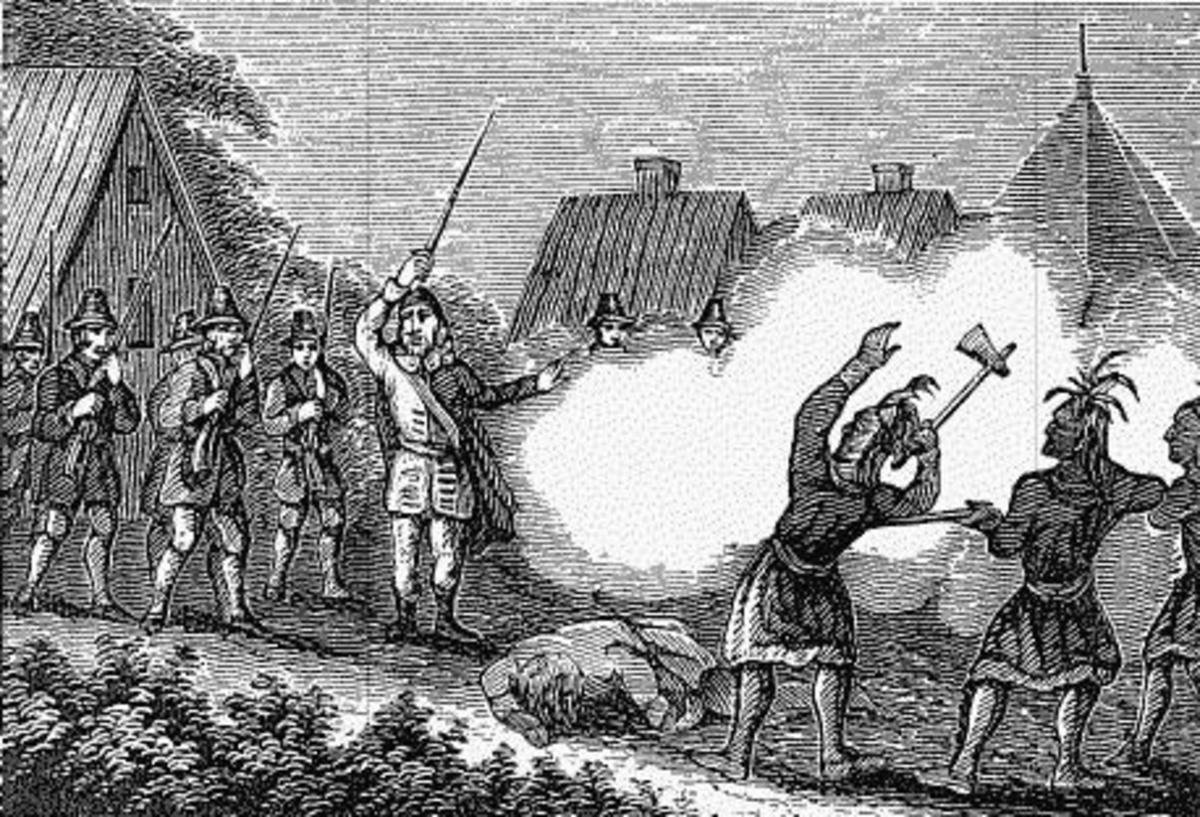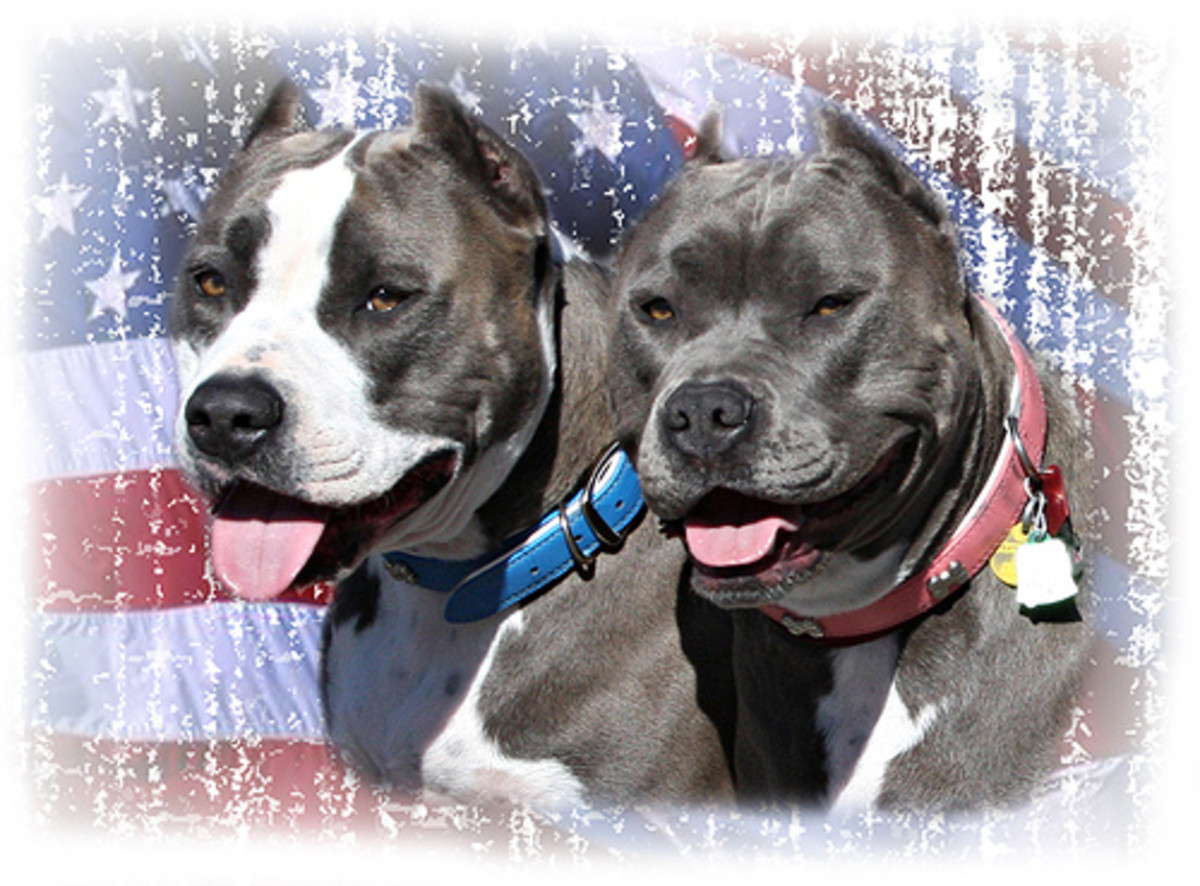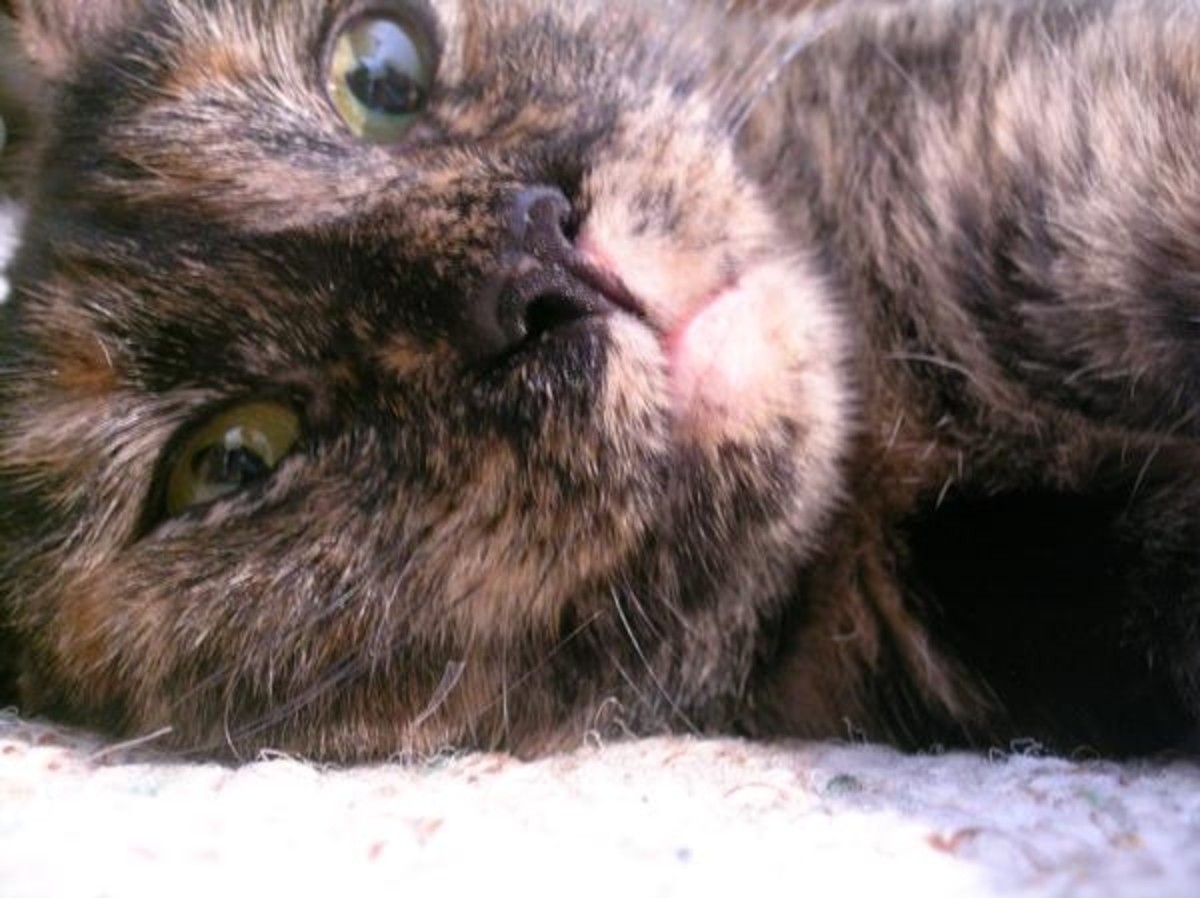Honoring America's Military Service Dogs
With both Armed Forces Day (May 19) and Memorial Day (May 28) fast approaching, there is no better time to honor those who have protected our lives and our rights with service to the United States. While we thank the veterans who have served us in all branches of the military, let’s not forget the four-legged heroes who have trained, fought, and died in service to America.
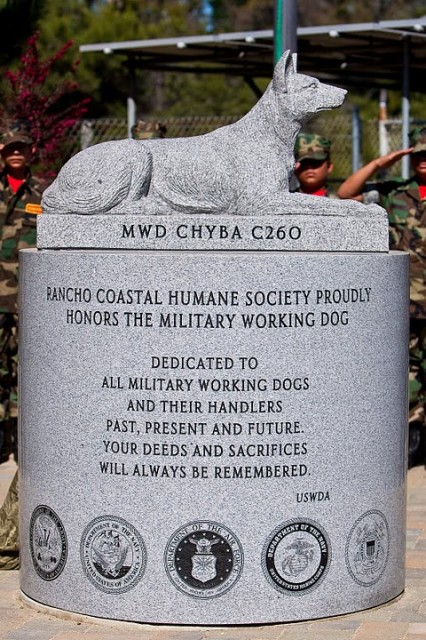
Military Working Dogs
Since ancient times, dogs have taken part in all aspects of warfare, from combat to scouting to tracking. The Romans relied upon military attachments comprised entirely of combat-trained canines. In the Middle Ages, war dogs wore armor and guarded caravans; the French used them to guard naval installations in St. Malo until the late 1700s. Frederick the Great’s army used dogs as messengers during the Seven Years’ War, and Theodore Roosevelt’s Roughriders sent dog scouts into the jungles of Cuba during the Spanish-American War. Even Attila the Hun used dogs in his military campaigns. War dogs also played crucial roles in the Spanish conquest of Mexico and Peru, in the Napoleonic campaigns, the Seminole Wars, World Wars I and II, the UN’s police action in Korea, the Vietnam War, the Gulf War, and the Yugoslav Wars.
While changes in modern warfare and military tactics have decreased the dog’s presence in physical combat, canines still play important roles in other aspects of war, particularly as detectives. Dogs have visual and olfactory capabilities that allow them to outperform humans and other forms of technology in detecting threats. From World War I to present-day conflicts, the United States Army has employed dogs as detectives, using trained war dogs to sniff out bombs, track and locate enemies, locate traps, and patrol base perimeters. War dogs are respected members of the military community—the United States War Dogs Association, Inc., has even created a United States Military Working Dog Service Award to honor canines in all branches of the military “who have actively participated in ground or surface combat.”
Here is a (very) brief look at some famous war dogs in American military history.
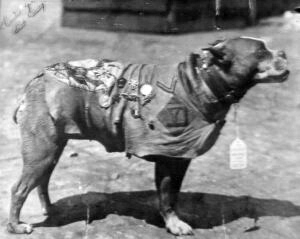
Sergeant Stubby
Credited with being the first U.S. military working dog, Stubby’s combat service during World War I saw his promotion to sergeant. Stubby served the 102nd Infantry , 26th (Yankee) Division of the U.S. Army, participating in combat in France beginning in 1918. Stubby became invaluable to his unit for his ability to locate wounded men in no man’s land and to warn his unit of poison gas attacks and incoming artillery. He even captured a German soldier in the Argonne—by himself.
Sergeant Stubby was the most decorated dog to serve in WWI, with honors including three Service Stripes, the New Haven World War I Veterans Medal, the Republic of France Grande War Medal, a Purple Heart, and the Humane Education Society Gold Medal, among others. You might recognize him as the old mascot for Georgetown University’s football team, a position he enjoyed from 1921 till his death in 1926.
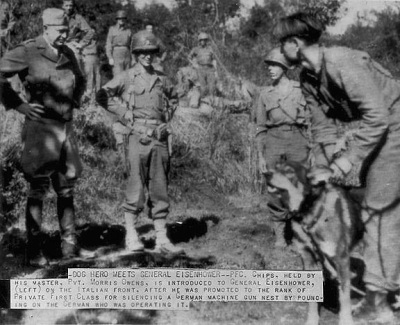
Chips
During World War II, Chips’s owner donated his dog to the war cause—a typical move for private dog owners during this period. Chips was trained at the War Dog Training Center as a sentry dog; he served with the Army’s 3rd Infantry Division in Italy, Germany, France, and North Africa, and also helped his unit take a number of Italian prisoners in Sicily. Chips was the most decorated war dog during World War II, receiving not only the Purple Heart but also the Silver Star and Distinguish Service Cross for his bravery. Unfortunately, the Army later revoked these awards due to a policy preventing the commendation of animals.
Disney did, however, turn Chips’s story into a 1990 movie called Chips, The War Dog.
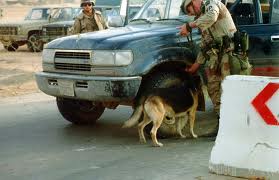
Jupiter
Jupiter, a German Shepherd patrol detector, served during Operation Desert Storm with his handler, SSG James Leach, in Saudi Arabia, where he sniffed out explosives in buildings, vehicles, ships, and the Tactical Operations Center. Jupiter, like other war dogs, also had a responsibility to his handler: if SSG Leach had come under any type of attack or aggression, he would not have had to give a command for Jupiter to attack.
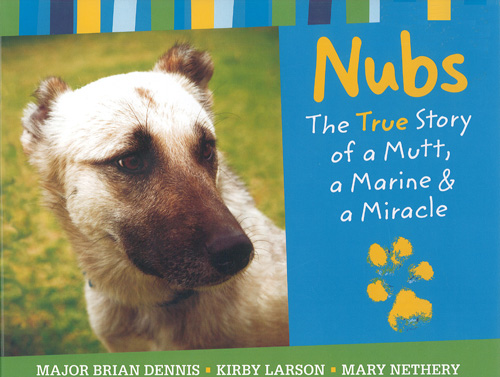
Nubs
While Nubs isn’t a “war dog” per se, he certainly is a dog of war. Major Brian Dennis, a Marine pilot, met Nubs in October 2007 in Iraq. Packs of stray dogs roam that country; Nubs was one of many strays who lived near the fort where Dennis's unit operated. An Iraqi soldier had chopped Nubs’s ears off—a common practice—but the wild dog’s appearance didn’t stop Dennis from forming an immediate bond with him.
Dennis was eventually assigned to a new fort about seventy-five miles from his current post, on the Iraq-Jordan border. Nubs followed Dennis’s convoy to the new fort, showing up a few days after Dennis arrived there. Dennis ended up getting help from some stateside friends to send Nubs to San Diego in March 2008 until Dennis could join him at home.
Protect Military Working Dogs
There is no doubt that military working dogs are an invaluable part of the U.S. military, but not just in the way of tactics and warfare. Military dogs provide much-needed comfort and companionship to active members of the military and retired veterans alike. Several stateside organizations have created groups that give military veterans the opportunity to meet, work with, and adopt dogs, who can help them work through the physical and emotional trauma that accompanies the experience of war. Paws for Veterans, Inc., is only one such organization that provides therapy to active and veteran men and women suffering from PTSD and traumatic injuries using psychiatric service dogs. My local chapter of the SPCA—the SPCA Serving Erie County—developed the Paws & Patriots program to help both Western New York veterans and shelter dogs overcome feelings of loneliness and depression.
These programs are wonderful, to be sure—but what about our four-legged veterans? Unfortunately, the military must euthanize some of its military working dogs who become decertified or are retired and have nowhere to go. The Canine Members of the Armed Forces Act would help change the lives of war dogs after their service ends. In classifying military working dogs as “canine members of the Armed Forces” rather than military “equipment,” this act would standardize a process for the adoption of retired military dogs who can no longer serve in the Armed Forces but are otherwise healthy and adoptable. It would also help to establish a nonprofit organization to improve retired dogs’ veterinary care, and to create a way to honor dogs who have served their country.
The ASPCA provides a way for individuals to show their support of this act. Follow the link below to the ASPCA Advocacy Center to send a pre-drafted e-mail to your U.S. senators urging them to vote for this act and honor the military working dogs who have dedicated their lives to protecting ours.
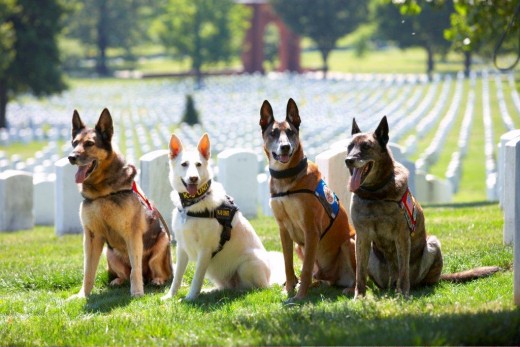
- ASPCA | Advocacy Center
USA: Support and Protect Retired Military Dogs! - Blumenthal, Jones Introduce Canine Members of the Armed Forces Act | Press Releases | United States
A description of the scope and purpose of the Canine Members of the Armed Forces Act, introduced February 28, 2012. - Military Working Dog Teams National Monument
Donate to help build a Military Working Dog Teams National Monument to honor our canine veterans. - The United States War Dogs Association, Inc.
A nonprofit organization of military dog handlers committed to promoting the long history of the Military Service Dogs, establishing permanent War Dog Memorials, and educating the public about the invaluable service of these canines to our country. - Operation Baghdad Pups - SPCA International
The Operation Baghdad Pups program provides veterinary care and coordinates complicated logistics and transportation requirements in order to reunite beloved pets with their service men and women back in the U.S. - Paws for Veterans, Inc.
Paws for Veterans, Inc. is a nonprofit 501c3 community-based organization providing Psychiatric Service Dogs, training, and therapeutic group sessions to Veteran and Active Duty men and women. - SPCA Paws & Patriots Program - SPCA Serving Erie County
The SPCA Serving Erie County, NY features a Paws & Patriots program, matching up veterans with SPCA animals in need of love and attention.

